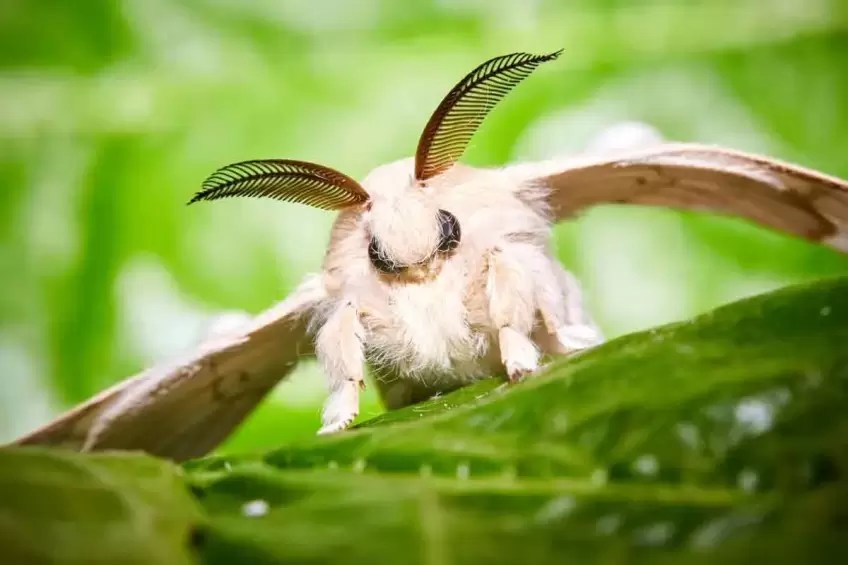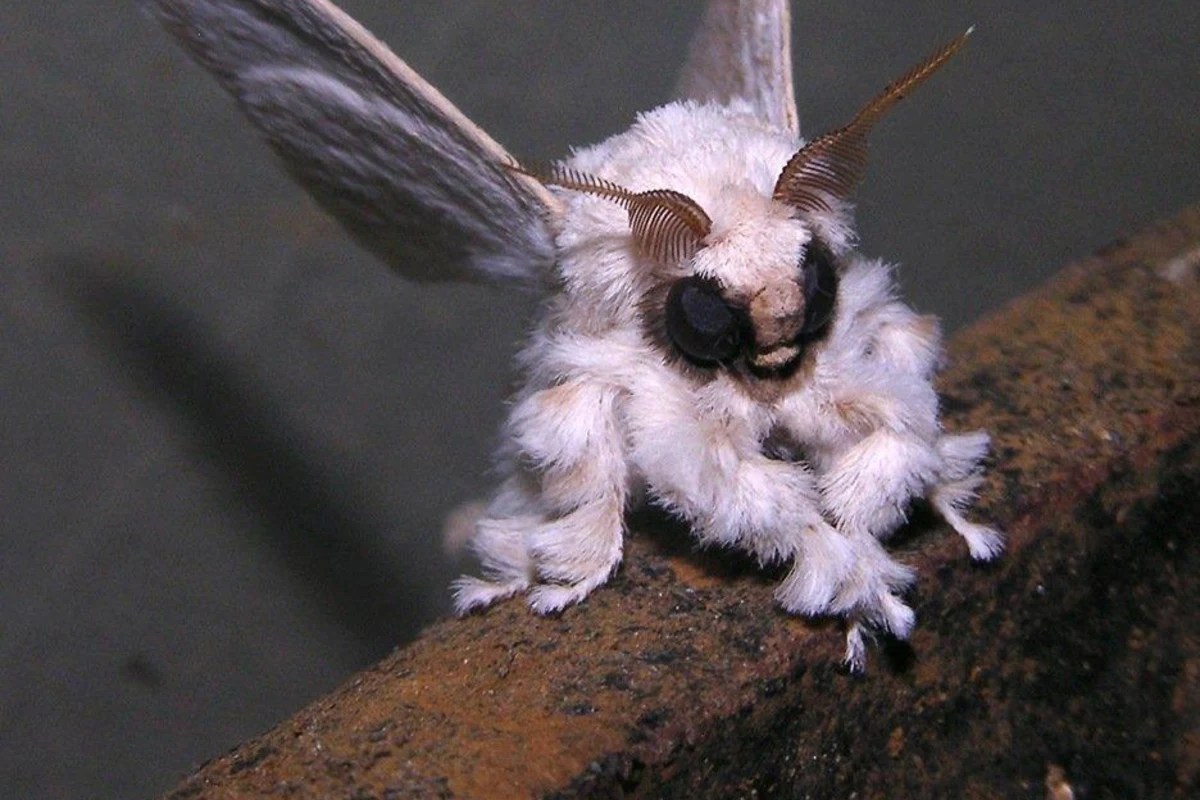Poodle moth is a unique and intriguing insect that has captured the attention of entomologists and nature enthusiasts alike. Known for its striking appearance that resembles a poodle, this moth has sparked curiosity and fascination across the globe. In this article, we will explore the various aspects of the poodle moth, including its biology, habitat, behavior, and more. Whether you are a seasoned entomologist or simply curious about this peculiar creature, this guide will provide you with all the essential information you need.
The poodle moth, scientifically known as *Artace sp.*, is not just a visual wonder but also an important part of its ecosystem. Its discovery has prompted numerous studies aimed at understanding its role within its habitat. In the following sections, we will delve deeper into the characteristics that make the poodle moth so unique, as well as its lifecycle and conservation status.
As we journey into the world of the poodle moth, we will also address common misconceptions and highlight the importance of preserving such extraordinary species. Join us as we uncover the mysteries of this remarkable insect!
Table of Contents
- Biography of the Poodle Moth
- Physical Characteristics
- Habitat and Distribution
- Behavior and Lifecycle
- Diet and Feeding Habits
- Conservation Status
- Misconceptions about Poodle Moths
- Fascination and Research
Biography of the Poodle Moth
The poodle moth was first discovered in 2009 in the mountainous regions of Venezuela. Its name is derived from its unique resemblance to a poodle dog, which is especially evident in its fluffy appearance and curly scales.
| Characteristic | Details |
|---|---|
| Scientific Name | *Artace sp.* |
| Family | Notodontidae |
| Habitat | Tropical and subtropical regions |
| Discovery Year | 2009 |
Taxonomy and Classification
The poodle moth belongs to the family Notodontidae, which is known for its diverse range of species. The classification of poodle moths is still a developing area of research, with ongoing studies aimed at determining their exact species and subspecies.
Physical Characteristics
Poodle moths are easily identifiable due to their fluffy, fur-like appearance. Here are some key physical characteristics:
- Body Length: Approximately 3-4 cm.
- Coloration: Generally white or light cream, with a soft, velvety texture.
- Wings: Broad wings that resemble the fur of a poodle.
- Eyes: Large, prominent eyes that help in low light conditions.
Adaptations
The poodle moth's unique adaptations help it survive in its natural habitat. Its fluffy appearance provides camouflage against predators, while its robust build allows it to navigate through dense vegetation.
Habitat and Distribution
Poodle moths are primarily found in the tropical and subtropical regions of South America, particularly in Venezuela. They thrive in moist environments, often residing in forests and mountainous areas.
Environmental Preferences
These moths prefer habitats that provide ample food sources and shelter from predators. They are usually found at elevations ranging from 1,500 to 2,000 meters above sea level.
Behavior and Lifecycle
The lifecycle of a poodle moth consists of four stages: egg, larva (caterpillar), pupa, and adult moth. Understanding their behavior is crucial for studying their role in the ecosystem.
Mating and Reproduction
Poodle moths exhibit unique mating behaviors, which include elaborate courtship rituals. Mating typically occurs during the night, and females can lay up to 200 eggs at a time.
Diet and Feeding Habits
Poodle moths are primarily herbivorous, feeding on a variety of plant materials. Their diets mainly consist of:
- Leaves
- Flowers
- Fruits
Feeding Mechanism
The feeding mechanism of poodle moths allows them to extract nutrients from plants effectively. They have specialized mouthparts adapted for piercing and sucking plant juices.
Conservation Status
Due to their limited distribution and specific habitat requirements, poodle moths face potential threats from habitat loss and climate change. Conservation efforts are essential to protect these unique insects.
Conservation Efforts
Various organizations are working towards the conservation of poodle moths and their habitats. Initiatives include habitat restoration and education programs aimed at raising awareness about the importance of biodiversity.
Misconceptions about Poodle Moths
One common misconception is that poodle moths are harmful to humans. In reality, they pose no threat and are more beneficial to the ecosystem than perceived. It is important to educate the public about their ecological role.
Fascination and Research
The poodle moth has garnered significant interest from researchers and nature lovers alike. Ongoing studies aim to uncover more about their behavior, ecology, and potential uses in biotechnology.
Impact on Science and Culture
As a subject of fascination, the poodle moth has inspired numerous artistic representations and cultural references. Its unique appearance continues to captivate individuals across various fields.
Conclusion
In conclusion, the poodle moth is a remarkable insect that plays a crucial role in its ecosystem. From its unique physical characteristics to its fascinating behavior, there is much to learn about this extraordinary creature. We encourage readers to share their thoughts and experiences regarding poodle moths in the comments below and to explore further resources to broaden their knowledge.
Call to Action
If you enjoyed this article, please consider sharing it with friends and family or exploring other articles on our site for more intriguing insights into the natural world.
Final Thoughts
Thank you for joining us on this journey to discover the world of poodle moths. We hope to see you again soon for more exciting articles and updates!
Jack Graham: The Journey Of A Remarkable Leader
Max Beasley: A Comprehensive Insight Into The Life And Career Of A Rising Star
Ultimate Guide To Toilet Crockpot: Everything You Need To Know


